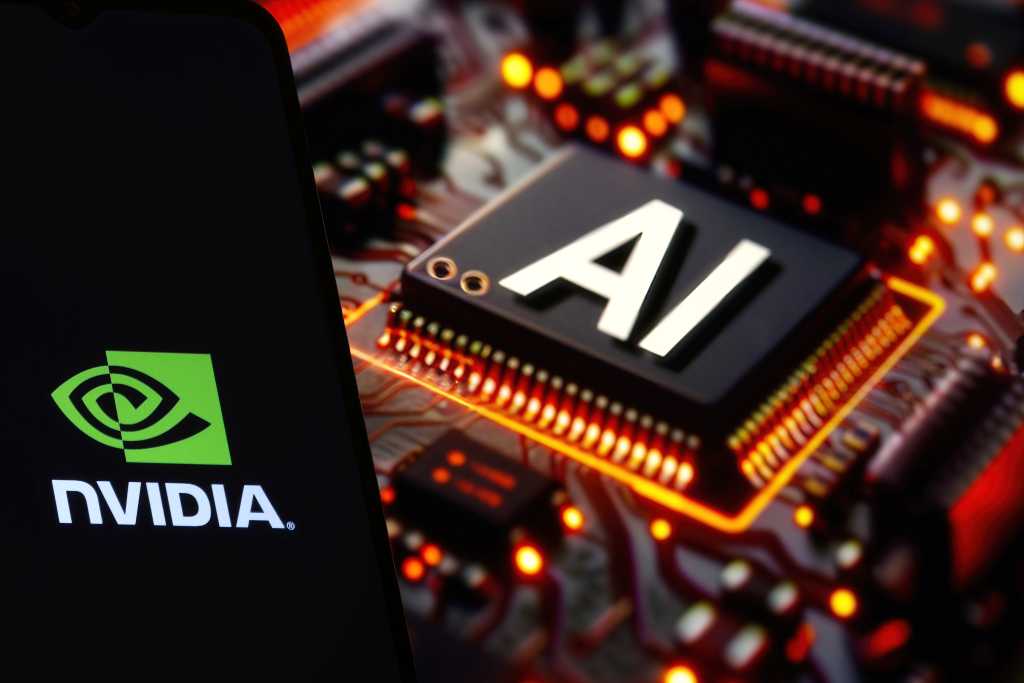
Standard Lithium Ltd. has announced the successful production of battery-quality lithium sulfide using Telescope Innovations Corp.’s new trademarked low-temperature method.
“Standard Lithium has been working with its research and development partner, Telescope Innovations, to develop new and novel conversion technologies to make next-generation battery materials”, Vancouver, Canada-based Standard Lithium said in a press release. “This new conversion process has now been successfully used to convert lithium hydroxide produced by Standard Lithium at its southern Arkansas Demonstration Plant, into battery-quality lithium sulfide.
“Samples of the lithium sulfide have been shipped to solid-state battery companies in Asia and North America for ongoing testing and validation purposes”.
“This development of new IP and technology with our research partner, Telescope Innovations, exemplifies our approach to becoming the leading new lithium company in North America”, said Standard Lithium president and chief operating officer Andy Robinson. “Whilst our principle area of focus, and capital allocation, is building the first DLE [direct lithium extraction] project in North America at our South West Arkansas Project Phase 1 with our joint venture partner Equinor, we understand that constant technological evolution is integral to staying at the forefront of this rapidly evolving industry.
“This recent work led by Telescope demonstrates that we are able to take lithium chemicals produced from the Smackover Formation in southern Arkansas, and then transform them into the feedstocks required by the next generation of batteries”.
Telescope’s DualPure production method used feedstocks including lithium hydroxide monohydrate from Standard Lithium’s demo plant in Arkansas. The process can also use lithium carbonate.
DualPure’s processing temperatures do not reach 100 degrees Celsius, avoiding thermal risks, according to Telescope.
“Lithium sulfide is a key raw material required for many next-generation solid-state battery chemistries, but despite the importance of lithium sulfide in the next generation of battery technology, it is only produced commercially in very small quantities and at very high cost”, Standard Lithium said.
Earlier this year Standard Lithium’s Arkansas project with Equinor finalized a $225 million grant from the Department of Energy (DOE). Phase 1 aims to produce 22,500 metric tons a year of lithium carbonate for use in battery production. The next phase would double the capacity.
The facility plans to employ DLE, a method of producing lithium from brines found in deep underground reservoirs. “DLE technologies produce a high-purity lithium concentrate which can be converted into battery-grade lithium chemicals using conventional processing technologies”, Equinor said.
Under their 2024 agreement Equinor would acquire a 45 percent stake in Standard Lithium’s two projects in southwest Arkansas and east Texas. Standard Lithium would retain operatorship.
“Under the terms of the agreement, Equinor will compensate Standard Lithium for USD 30 million in past costs net to the acquired interest and will carry Standard Lithium’s capex of USD 33 million to progress the assets towards a possible final investment decision”, Equinor said. “Equinor will make milestone payments of up to USD 70 million in aggregate to Standard Lithium if a final investment decision is taken”.
Equinor has also invested in DLE developer Lithium de France.
To contact the author, email [email protected]
What do you think? We’d love to hear from you, join the conversation on the
Rigzone Energy Network.
The Rigzone Energy Network is a new social experience created for you and all energy professionals to Speak Up about our industry, share knowledge, connect with peers and industry insiders and engage in a professional community that will empower your career in energy.
MORE FROM THIS AUTHOR



















